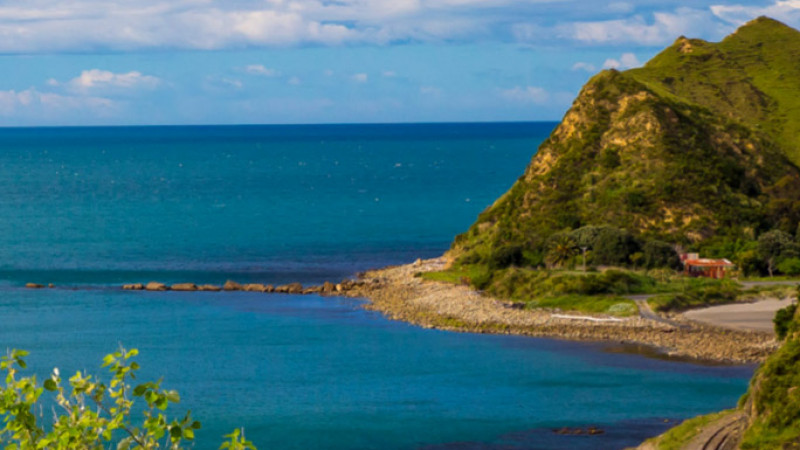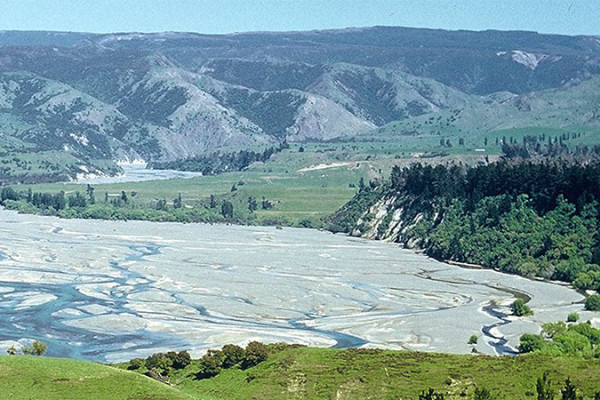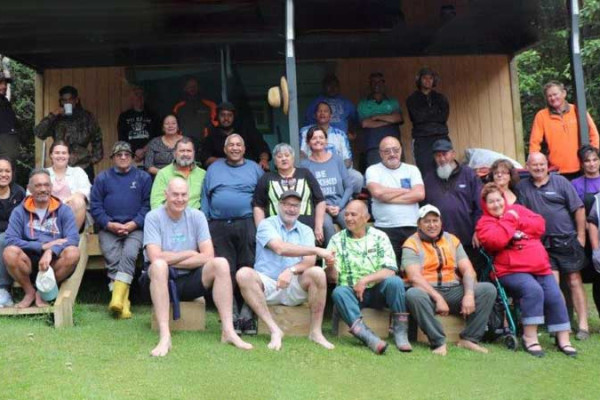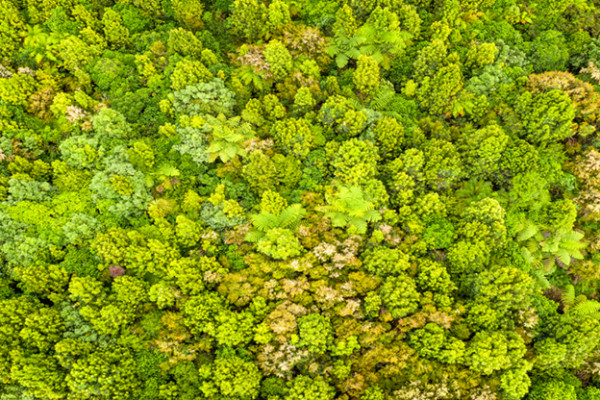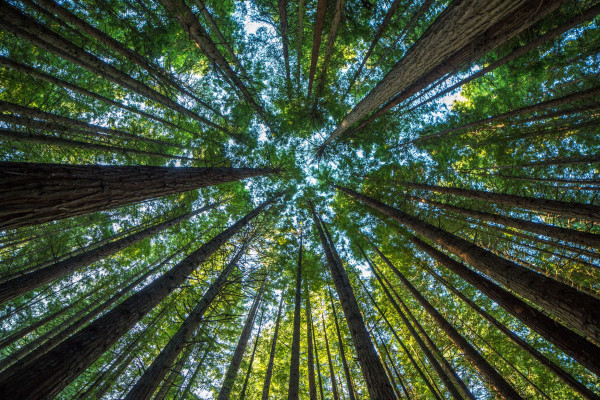In 2010, tangata whenua at remote Whangawehi on the eastern side of Mahia Peninsula voiced concerns about the potential effects of a new wastewater system on their sacred river, estuary and mahinga kai beds.
Background
Kathleen Mato from Tuahuru Marae saw a rare opportunity to improve the Whangawehi catchment by bringing all stakeholders on board. She got busy.
In 2012, three marae, farmers and local councils formed themselves into a Whangawehi Catchment Management Group (WCMG), a body expressly set up to better manage land and improve water quality across the catchment.
A major focus has been on retiring extensive riparian margins in the lower Whangawehi, soil conservation planting in hill country gullies and, all up, planting out 200,000 native trees. The Hill Country Erosion Programme also supported four years of expert catchment facilitation work led by Nic Caviale-Delzescaux.
Nic said revegetation activity was based on both planting alongside waterways and planting of erodible gullies.
"We took a holistic approach to planting – we planted hill slopes and gullies to reduce sediment loss and our riparian planting zones are generous and range from 20 to 100 metres wide."
Landowner Pat O’Brien says fencing has made a big difference to river health. "The banks used to be bare from cattle coming down to drink, and now about 95 percent of the riverbank is planted out. It’s been a massive achievement."
Breaking boundaries
Eight years on, the whitebait are back in Whangawehi, and in 2018 the Mahia project won a prestigious international river award. The group has become the gold standard of what can be achieved when working at catchment scale.
Nic agrees that his facilitation role has provided a useful link between sections of the community. But success is really down to the wisdom and dedication of individual leaders like Kathleen Mato, he says.
“Everybody knew that most of the sediment in the river was from the farms. But people like Kathleen never pointed the finger or tried to dictate to landowners. They just kept saying ‘Come on board – we all have a part to play in this thing’.”
Catchment tools
For Nic, catchment-scale work in practice involves landowners working to gain an even more intimate understanding of their land, what they want to achieve with it, then how to
accomplish it. He says that treating soil as a farm’s best asset was a vital element.
Nathan Heath, Northern Area Manager at Hawke’s Bay Regional Council, agrees. “At first some landowners saw farm plans as a threat to autonomy. But over time, as we followed up with workshops and aligned activity to funding, they reaffirmed what landowners were doing.”
Nic says that the group’s latest milestone is the first 13kms of a public walkway along the banks of the Whangawehi Stream, an initiative made possible by local landowners. The walkway will extend considerably further in the coming years.
“This project has come a long way in eight years; at times it has been a roller coaster ride. But I’m pleased to have had the chance to be part of this, and very proud of what we have
achieved as a community.”
